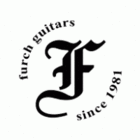Cart
Acoustic and electro acoustic guitar
Voir les marquesAt Stars Music, you’ll find a wide selection of acoustic guitars from top brands like Martin, Taylor, Cort, Fender, and Gibson. Our acoustic guitars are easy to play and budget-friendly. We also offer many high-end models for more experienced and discerning players. Whatever your style or budget, you're sure to find the perfect acoustic guitar for your needs in our stores. Feel free to contact us with any technical questions.
Filters
Filter
1687
Results :
Products per page
Sort
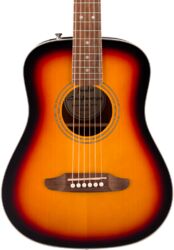
189.99 €
160.00 €
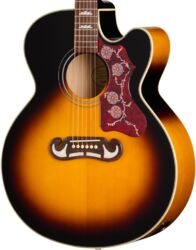
599.00 €
555.00 €
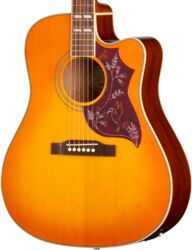
499.00 €
489.00 €
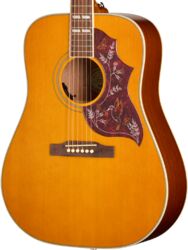
499.00 €
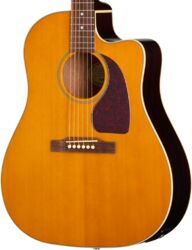
499.00 €
479.00 €
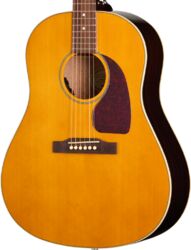
499.00 €
449.00 €
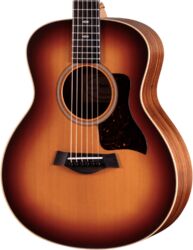
899.00 €
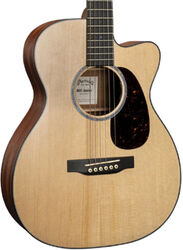
899.00 €
819.00 €
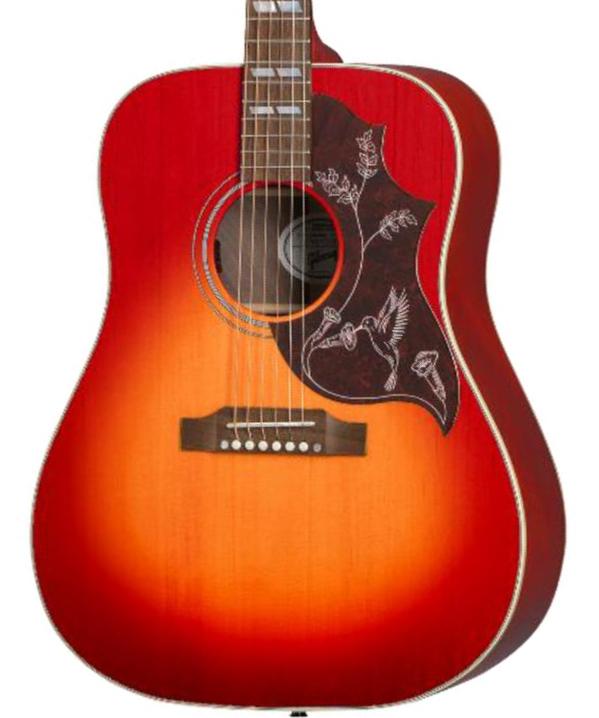
2279.00 €
2199.00 €
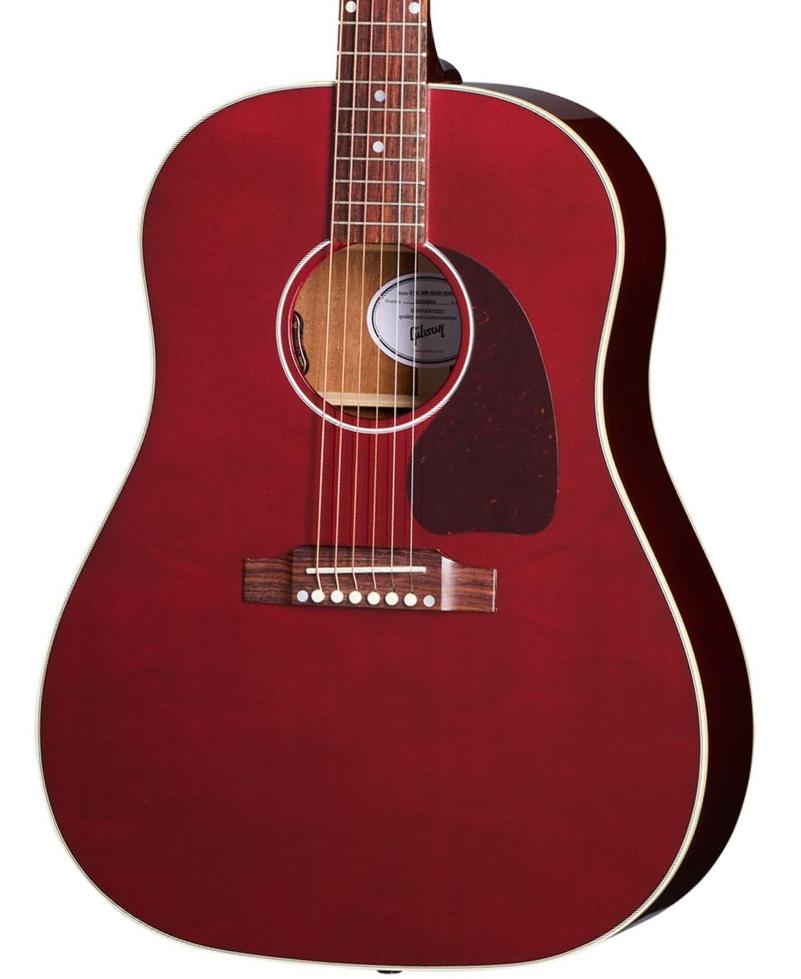
2069.00 €
1949.00 €
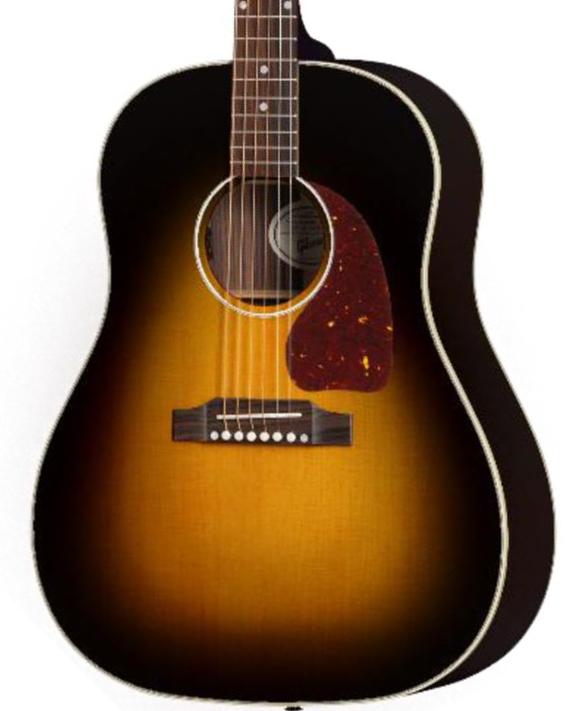
2069.00 €
1999.00 €
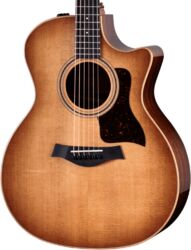
2759.00 €
2069.00 €
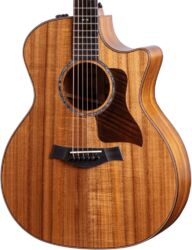
5099.00 €
3729.00 €
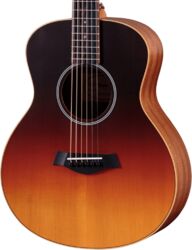
1199.00 €
860.00 €
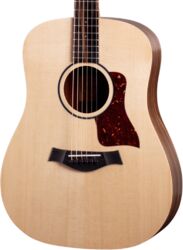
849.00 €
615.00 €
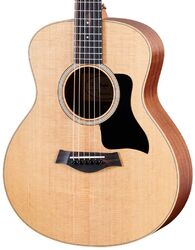
659.00 €
485.00 €
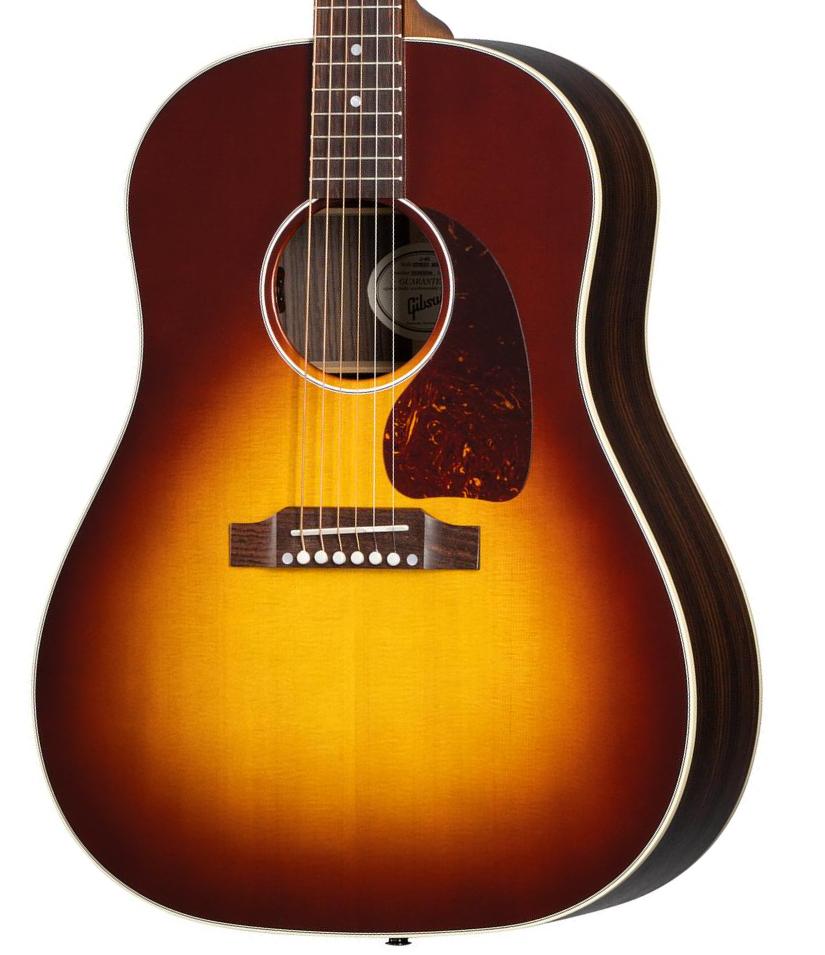
2799.00 €
2328.00 €
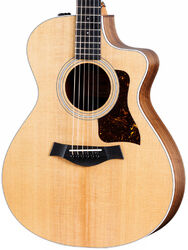
1439.00 €
1111.00 €
sale
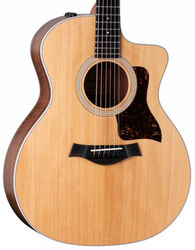

1439.00 €
999.00 €
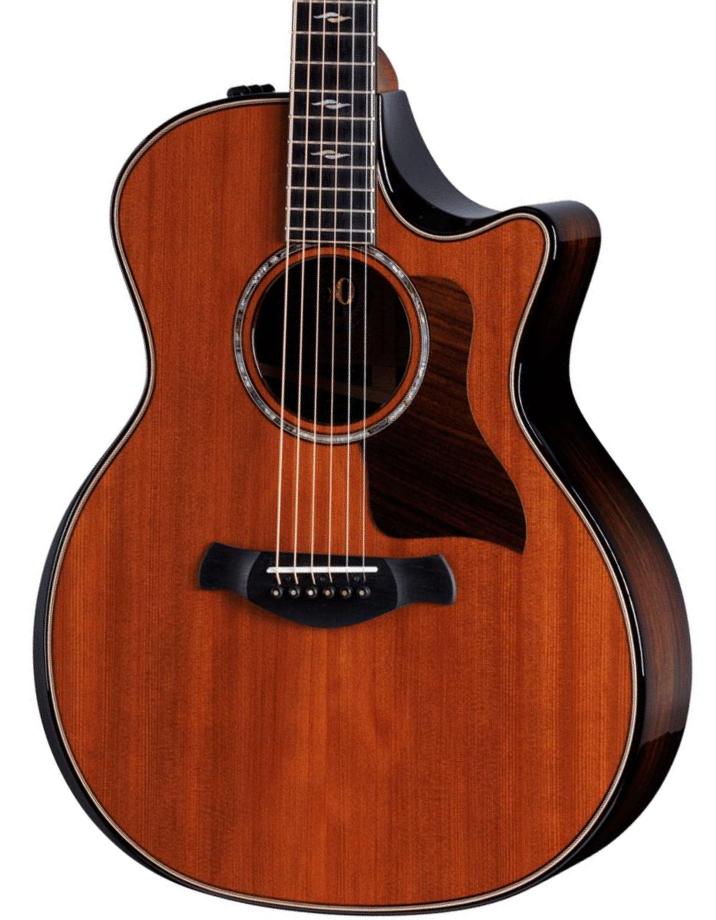
6715.00 €
5499.00 €
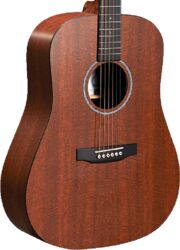
779.00 €
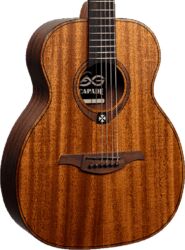
519.00 €
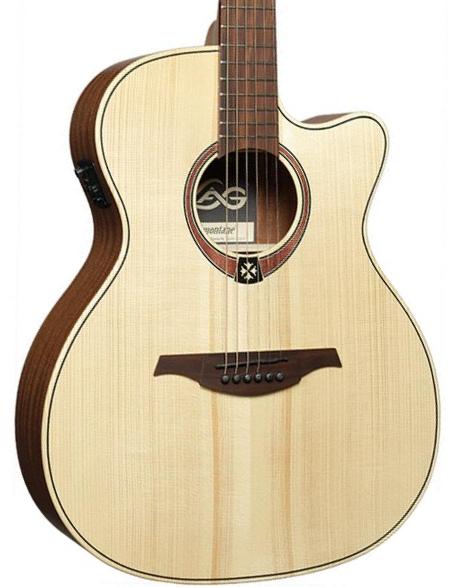
379.00 €
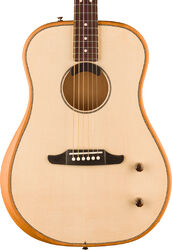
1149.00 €
966.00 €
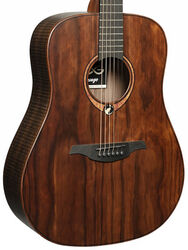
429.00 €
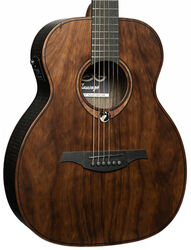
549.00 €
Sales
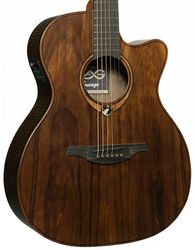

549.00 €
459.00 €
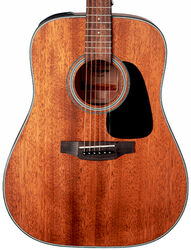
349.00 €
239.00 €
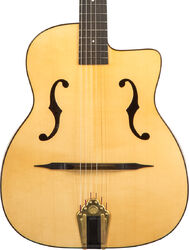
899.00 €
829.00 €
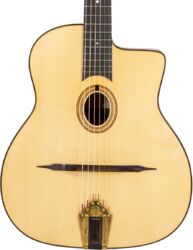
829.00 €
769.00 €
Brands in the category : Acoustic and electro acoustic guitar
See more













